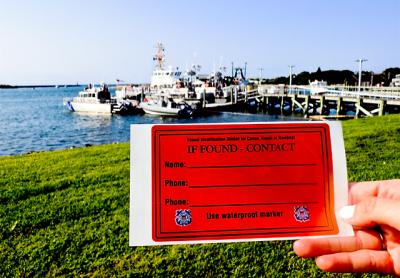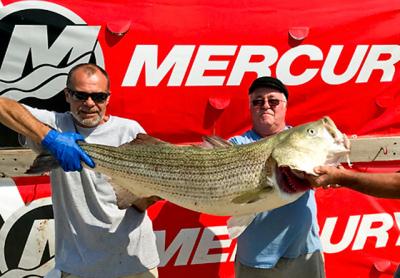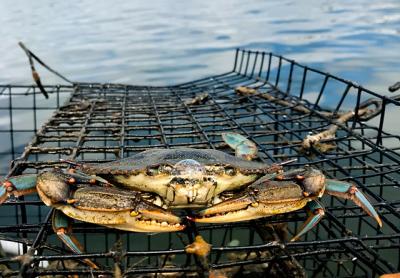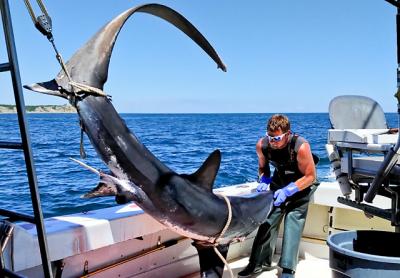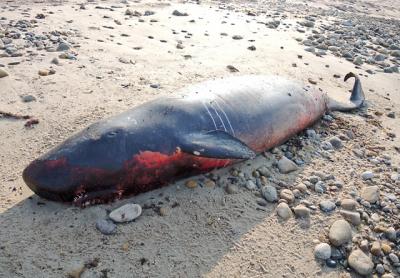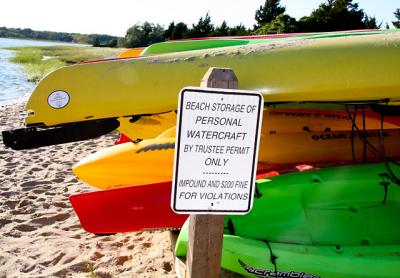Nature Notes: Shifting Sands, Lands
Nature Notes: Shifting Sands, Lands

The recent to-do about Cartwright Island raises some interesting questions. We are sometimes prone to think of the present as the past, East Hampton today has always been, Southampton has always been, Lake Montauk has always been the way it is, etc., etc., etc. But in fact things, including our local landmasses and their surrounding waters, are fluxing every minute, during the day when we can see the change and at night when most of us are sleeping. So it is with the contours of the South Fork’s north and south coastlines. On land, the high points are slowly wearing down or accreting from material settling in from the atmosphere. On a larger scale, Long Island is attached to the rest of New York, and all of New York and the rest of the United States are very slowly moving westerly, away from the mid-Atlantic rift.
Much of our land after purchase from the Native Americans was deeded out to the original settlers and their kin. The names Russel’s Neck and Jessup’s Neck refer to two longstanding peninsulas jutting out into the Peconic Estuary in East Hampton and Noyac, now popularly referred to as Barcelona Neck and the Elizabeth Morton National Wildlife Refuge. The names of geographic points of interest didn’t necessarily change with new ownership. If so, Barcelona would have deferred to the name Heller’s Point after Ben Heller, the last owner before New York State purchased it.
It is very interesting examining the old maps of eastern Long Island in my possession, some of which go back to 1838, when the U.S. Coast Survey teams were busy mapping America’s coasts, and are signed by a senior surveyor to further authenticate them. The last named federal authority morphed into U.S. Coast and Geodetic Survey, which continued the mapping and setting of federal monuments, many originals of which still exist today. These old maps and the later ones produced by the U.S. Geological Survey are extremely valuable in plotting changes in our landscape and seascape over the past 200 years or so.
Some popularly known local spots didn’t exist three centuries ago. For example, there is a 1787 map of the north coast of the Napeague isthmus that shows Napeague Bay without its Hicks Island. Obviously, sand building to the west from Goff Point and sand moving east from Promised Land had something to do with its formation during the 1800s. After the little island’s formation, inlets were created by floodwater breakthroughs, such that Napeague Harbor became partially separated from Napeague Bay. For a long time the island was a peninsula attached to Lazy Point, and stably so, to the degree that a fish-rendering factory was built on it, a remnant of which is still evident. The 1938 Hurricane came along and broke through such that the west inlet was recreated, and the harbor then had two inlets for the next 70 years or so. For the last eight years or so, the east inlet has been blocked with sand. Only the west inlet remains and was re-dredged by Suffolk County in 2014.
If we add little Hog Creek harbor to the list, Napeague Harbor is one of six East Hampton Town harbors from Northwest Creek on the west to Lake Montauk on the east that open to the Peconic Estuary. Three Mile Harbor, which sits to the east of Northwest Harbor and opens into Gardiner’s Bay, is the only one with an inlet that hasn’t changed since recorded history. The inlet to Northwest Creek from Northwest Harbor was arbitrarily moved from the east side to the west, so it now hugs Barcelona.
The inlet to Accabonac Harbor was recreated such that Louse Point was lengthened, and Gerard Point was shortened. The movement to the north was then accented and further stabilized with a rock jetty built out into the bay at the shortened point.
Lake Montauk, once the largest freshwater pond on the whole of Long Island, was inletted to Block Island Sound in the mid-1920s and then stabilized with a rock revetment on either side shortly after. As a result, the east side, or Gin Beach side, has built out as the east jetty trapped sand flowing to the west from the north side of Montauk, while the west side has retreated as much as 350 feet to the south, according to a U.S. Geodetic Survey map published in the 1930s.
Sand spits very rarely shorten, but mostly lengthen. Such it is that the Cedar Point sand spit bordering Gardiner’s Bay on the north and Northwest Harbor on the south has extended all the way to Cedar Island, where the Cedar Island Lighthouse stands, and beyond — about 200 feet since 1838.
The 1838 U.S. Coast Survey map has little black dots along the land from Cedar Point County Park on the west to Three Mile Harbor on the east. These dots are taken to be glacial erratics, which fell from the bluff that has been receding to the south while providing the sands for the extension of Cedar Point.
Back to Cartwright Island. It comes and goes with each severe northeaster or tropical storm. It has to fight sea level rise, but it is still fed somewhat from sand moving south along either side of Gardiner’s Island’s south spit, from which it separated. I suppose there is enough sand washing away from both the east and west sides of Gardiner’s Island proper to eventually create additional Cartwright Islands to the south of the existing one.
From April through mid-August, Cartwright Island is an important nesting area for federally endangered and threatened terns and threatened piping plovers as well as oystercatchers and other colonial nesting water birds. The East Hampton Town Natural Resources Department used to take care of them. The spit to the north used to be covered with several active osprey nests built on the sand, some three or four feet high when I visited with Paul Stoutenburgh in the mid-1950s.
But let us not forget little no-longer Hicks Island, in this regard. When there were two inlets, there were piping plovers, roseate terns, least terns, and common terns nesting on it. Before the Natural Resources Department started overseeing it, Carl Safina and his Audubon crew watched over it. Now, no longer isolated, it is hunted over by fox and other mammals and is no longer the most productive piping plover and least tern breeding habitat in East Hampton Town.
That same east inlet, which was maintained year after year, also provided fresh tidal water for a band of eelgrass that ran from north to south along the east side of the harbor. It was the only large eelgrass bed in East Hampton to survive the brown tides of the 1980s and eventually became a Town Trustee Eelgrass Sanctuary.
Two weeks ago, I bumped into the private consultant who put together the last plan for Napeague Harbor under the guise of the Peconic Estuary Program, overseen by the Suffolk County Department of Ecology. The plan’s final recommendation was for maintaining the west inlet at the expense of the east one. When I questioned the wisdom of his decision, “One water body, one inlet” was his reply, a new rule of thumb that apparently the county has adopted. So much for the birds!
Larry Penny can be reached via email at [email protected].

